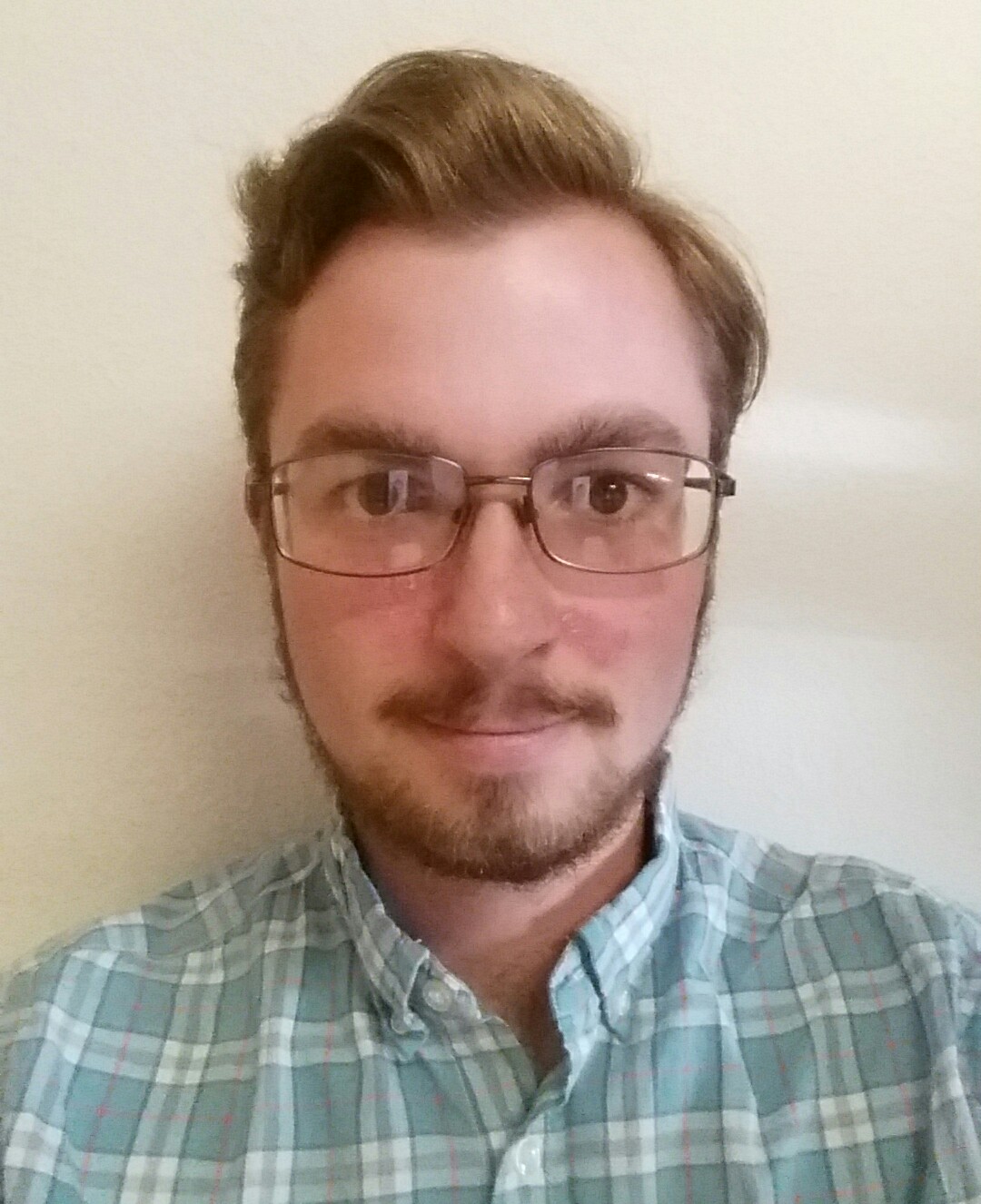Below is a summary of the abstract you submitted. Presenting author(s) is shown in bold.
If any changes need to be made, you can modify the abstract or change the authors.
You can also download a .docx version of this abstract.
If there are any problems, please email Dan at dar78@pitt.edu and he'll take care of them!
This abstract was last modified on May 2, 2018 at 4:22 p.m..

Students in the Genomics Research Initiative course at UCSD isolated 26 Streptomyces platensis strain MJ1A1 phages from soil samples from around San Diego County and 47 Streptomyces strains from the same soil samples. Genomes from two phages, Hank144 and Darolandstone, were sequenced and annotated. Phage Hank144 belongs to subcluster BD2 and phage Darolandstone is the second phage to be added to the subcluster BC2. We screened the isolated Streptomyces strains for antibiotic production and 41 out of the 47 isolated strains, were classified by 16s rRNA sequencing. Several of the isolated Streptomyces strains produced molecules capable of killing E. coli ΔtolC and Bacillus subtilis PY79. Additionally, we examined the host range of our two sequenced phages against a subset of the isolated Streptomyces strains. We used the 16s rRNA results and the sequenced phage genomes to explain any observed differences in the host ranges.

